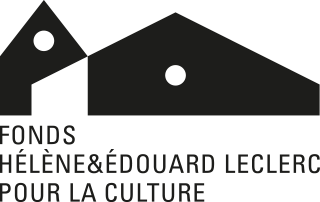Archives blog
- Publié le 22/01/2017
- Par Équipe Médiation
Une figure singulière de l’abstraction lyrique
- Après la guerre, Hartung va jouir d’une grande reconnaissance critique, et être abondamment commenté, analysé, glorifié, avec des oeuvres pourtant difficiles à réduire à des mots. Son abstraction, fidèle à la procédure de report développée dans les années 1930, reste tourmentée, faite de trames, de fils enchevêtrés et de couleurs assez sombres. Hartung apparaît alors comme l’une des personnalités essentielles de l’abstraction lyrique. L’expression est commode et efficace. Cependant, davantage qu’aux qualités de vitesse, de spontanéité et de déchaînements, associés au mouvement, il confère à ses motifs un caractère délié grâce à sa maîtrise technique. Le tournant est celui de la fin des années 1950 où il explore une nouvelle méthode de mise à distance avec l’emploi d’étranges instruments, notamment des pistolets de carrossier et des lames, pour peindre — et, dorénavant, peindre de façon immédiate sur la toile. C’est sur ce moment de basculement que cette section veut poser son regard.After the war, Hartung enjoyed substantial critical acclaim and saw his work critiqued, analysed, and celebrated extensively, despite the difficulty of putting his pieces into words. The artist’s abstraction, consistent with the transfer process he had developed in the 1930s, was still tortuous with its wefts, intertwined lines and relatively sombre colours and he had become one of the movement’s key figures. His form of expression was both practical and efficient, but his mastery of technique enabled him to go beyond the speed, spontaneity and frenzy that typified this movement to give his work a free-flowing quality. This section will focus on the shift in the artist’s work that took place at the end of the 1950s, a period in which he started to explore a new method of distancing himself from the canvas by using unconventional tools to paint with – notably compressed-air sprayers and blades – and to paint directly onto the canvas.
S'ABONNER AUX NOUVELLES DU FONDS
FHEL
POUR LA CULTURE
AUX CAPUCINS
29800 LANDERNEAU (FRANCE)
02 29 62 47 78





